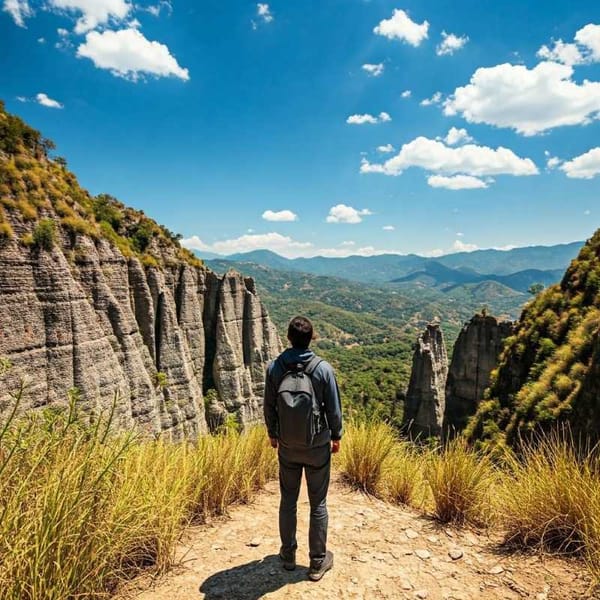Declassified: The Truth Behind Mexico's 1971 Student Massacre
Mexico's 1968 student movement met a bloody end at Tlatelolco. But the spirit of rebellion lived on. In 1971, a student solidarity march was attacked by “Los Halcones,” a government-created paramilitary group.

The swinging sixties, a decade etched into memory by technicolor tie-dye and the wailing guitars of a youth-led revolution, didn't skip a beat in Mexico. But instead of peace signs, they carried placards. And instead of gentle love songs, they chanted slogans for change. The student movement of 1968, a fire in the belly of Mexico City, flickered with defiance, demanding a different future.
Then, as quickly as it started, it ended. The night of October 2nd, the night of the Tlatelolco massacre, saw dreams doused with blood and fear. The authoritarian grip of the long-ruling PRI (Institutional Revolutionary Party) tightened over the country. Dissenting voices were reduced to whispers under the chilling shadow of the state – disappearances, torture, the works. It was a time of silence, or so it seemed.
But embers of defiance glow even in the darkest of nights. The PRI might have mistaken this silence as victory, but it was the deceptive calm before a storm. Underneath the patina of forced obedience, universities bubbled with unrest. When students in the state of Nuevo León revolted against their university's rules, the fire spread.
June 10th, 1971, Corpus Christi. A holy day, and a day destined to become infamous. Students spilled out of the Casco de Santo Tomás on a solidarity march, their voices rising in a chorus that had been muted too long. They headed for Mexico City's center, a river of rebellion flowing down the Mexico-Tacuba highway. Mexico held its breath. Would history repeat itself?
It did, but not in the way anyone expected. On that sun-soaked highway, the march met its match, and it wasn't riot police. A band of men, armed with bamboo sticks and something far more deadly, swooped down upon the students like the namesake hawks of their shadowy group – Los Halcones.
Numbers are fickle things when it comes to tragedies. The official DFS report said 38 were killed, 62 vanished. Survivors are telling of a far higher toll. But numbers can't encompass the horror, the lives cut short, the dreams torn to shreds. One thing is certain — Mexico City's streets ran red that day.
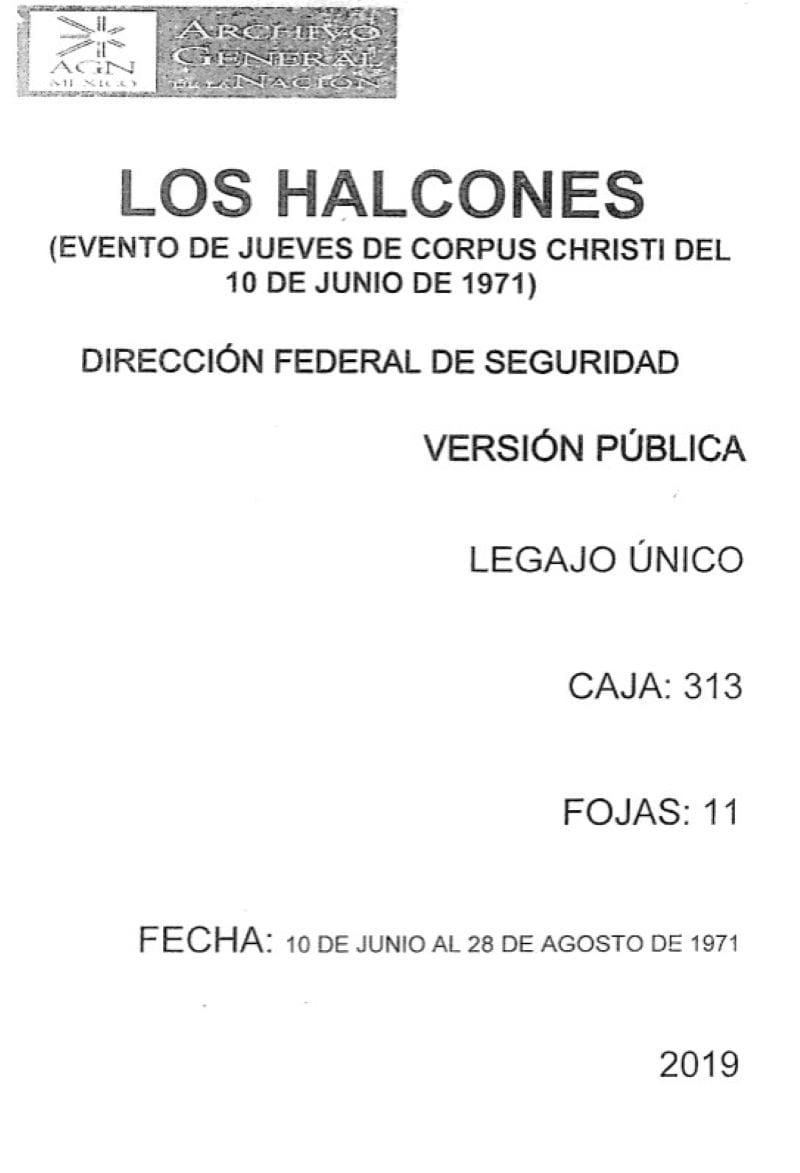
Los Halcones Were More than Thugs
Their birth, as declassified documents reveal, was in the cold heart of the Mexican government. Alfonso Corona del Rosal, Mexico City's Regent, played father, recruiting and molding them. Colonel Manuel Díaz Escobar Figueroa, with his dark expertise, was the brutal trainer. Karate, kendo, even firearms – they transformed ordinary men into weapons of the state. The very Department of the Federal District, meant to safeguard the city, fed and funded this monstrous creation.
The Corpus Christi Massacre was their blood-soaked debut – a trial by fire to stamp out the embers of student rebellion. Yet, they were merely a cog in a larger machine. Other shadowy groups, like the White Brigade, along with the feared DFS and the Mexican army, formed a terrifying network of state-sanctioned repression. This was Mexico's answer to student unrest, to any whiff of change – brutal, unyielding force hidden in plain sight.
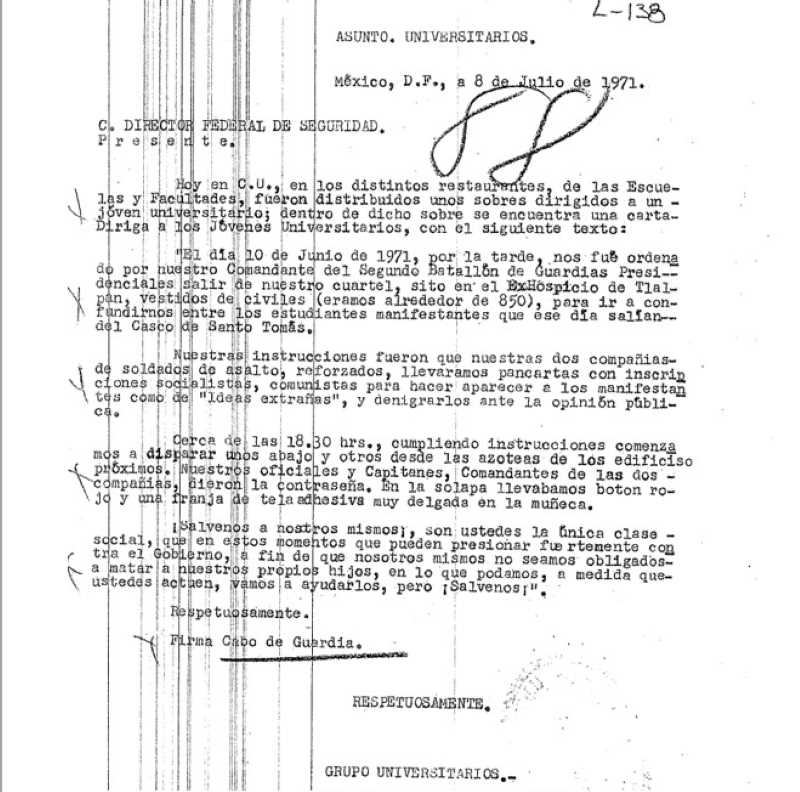
Today, the battle for truth continues. Through the tireless work of the General Archive of the Nation (AGN), declassified DFS documents peel back layers of secrecy. These papers don't bring back the dead, but they offer a weapon against forgetting. It's a fight for history, for memory, and perhaps, finally, for a measure of justice.
The ghosts of Tlatelolco watched the streets run red again in 1971. Their unfinished revolution hangs heavy in the air, reminding Mexico there are debts history won't let it escape.
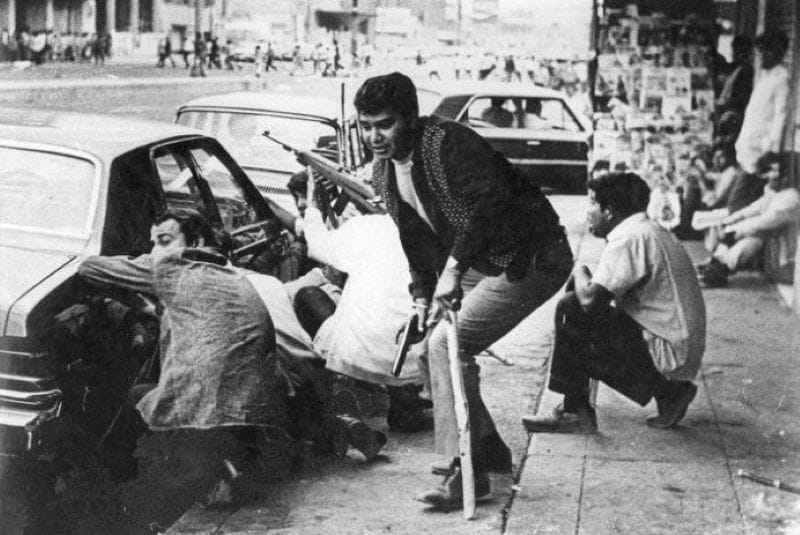
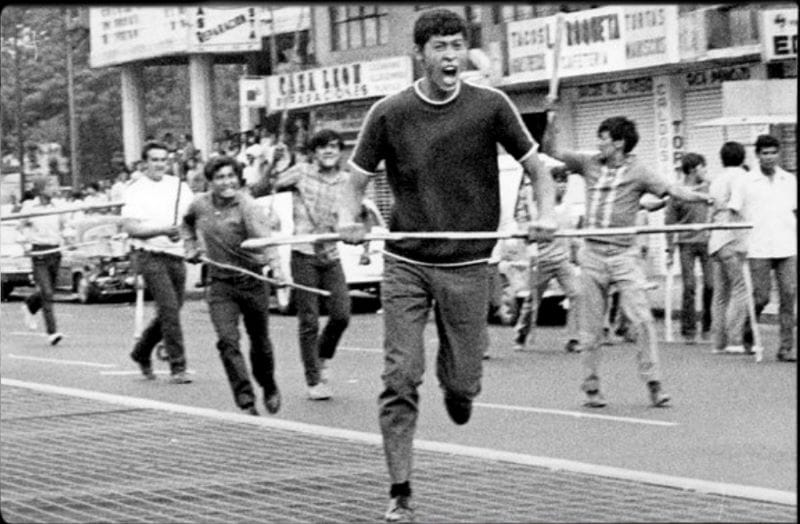
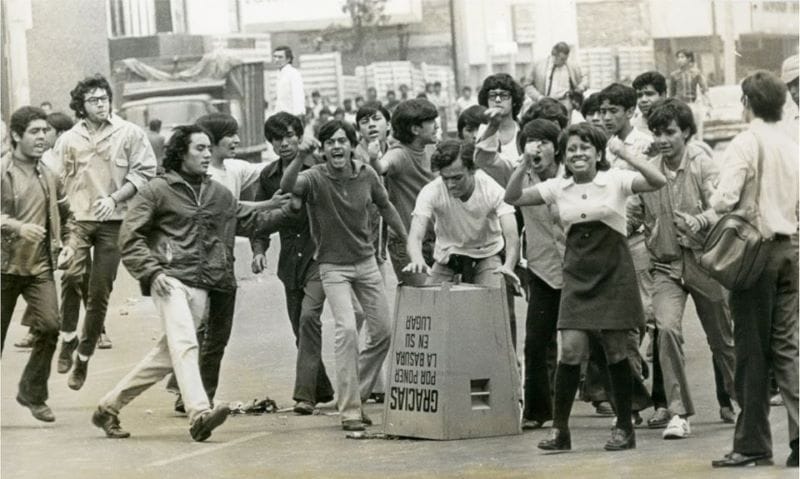
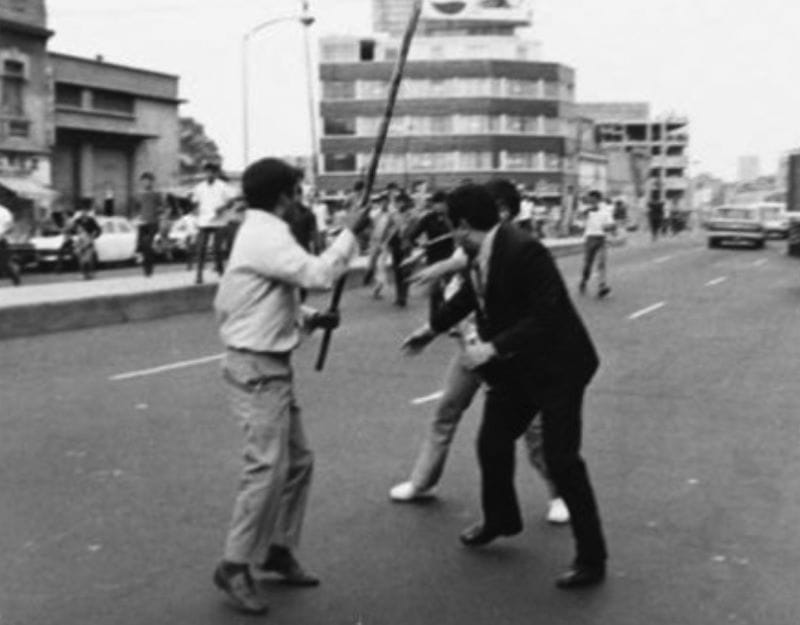
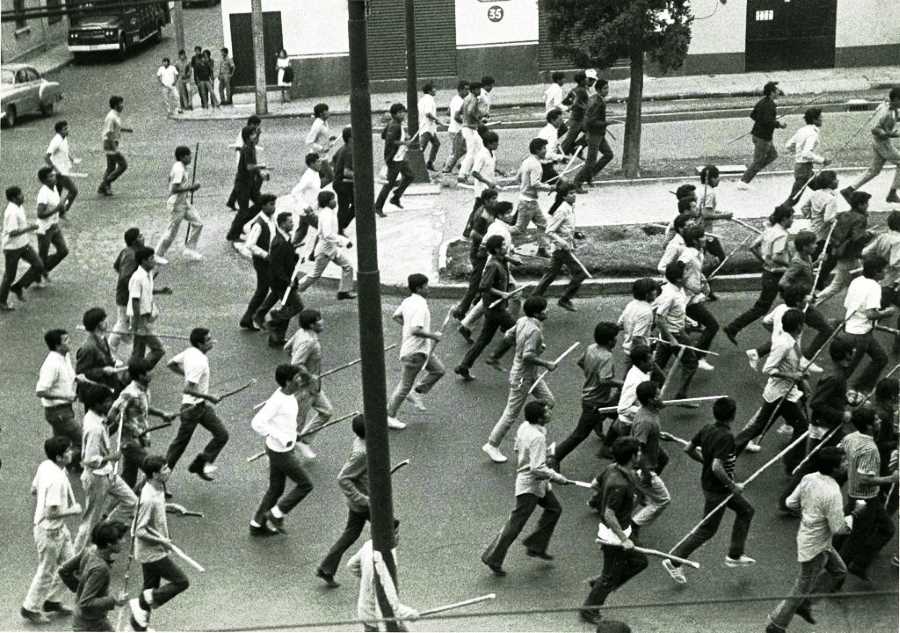
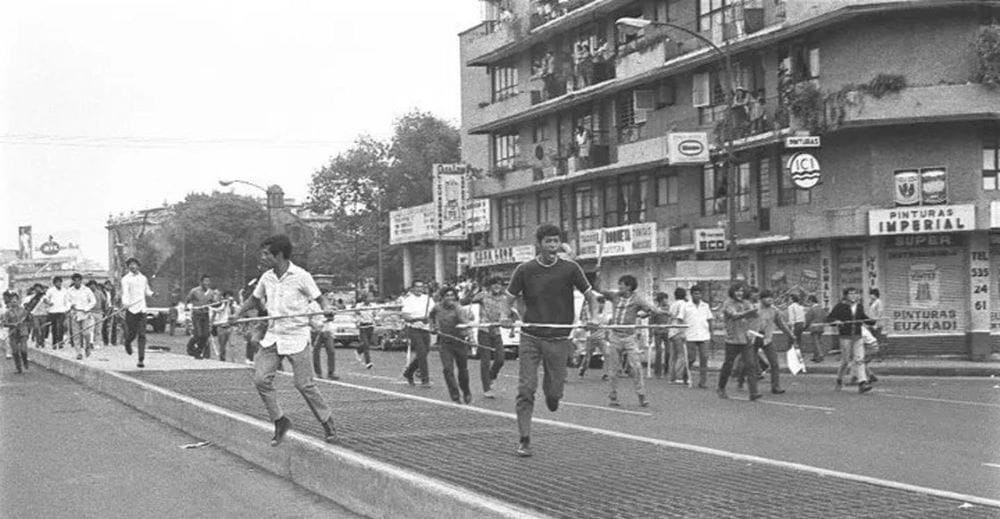

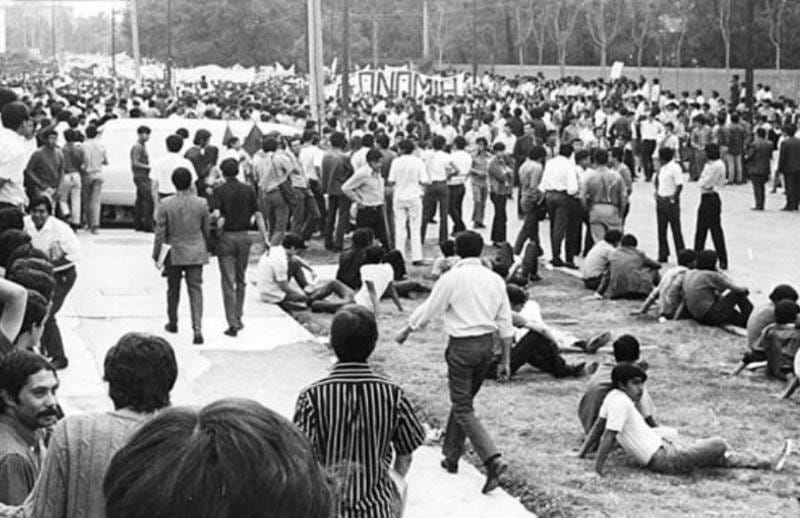
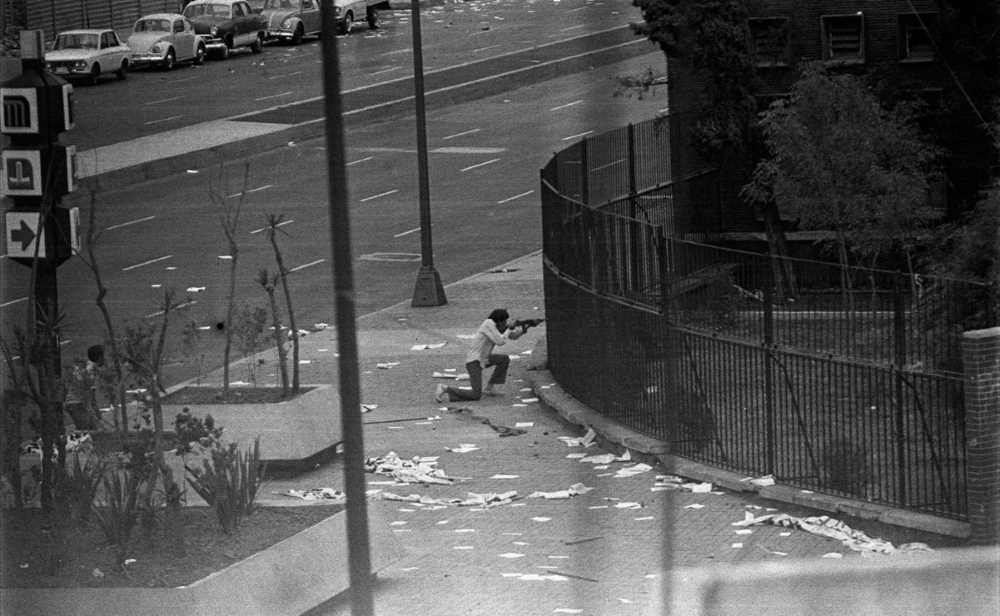
The Tlatelolco Massacre of October 2, 1968, marked a turning point in Mexico's struggle for freedom and justice. Credit: Secretaría de Cultura
In-text Citation: Archivo General de la Nación. “Grupos paramilitares en México: Los Halcones.” gob.mx, http://www.gob.mx/agn/es/articulos/grupos-paramilitares-en-mexico-los-halcones?idiom=es. Accessed 5 Mar. 2024.




